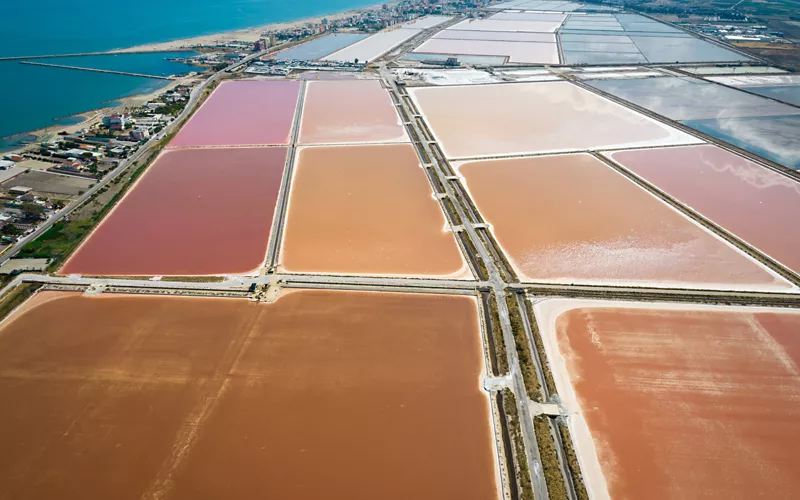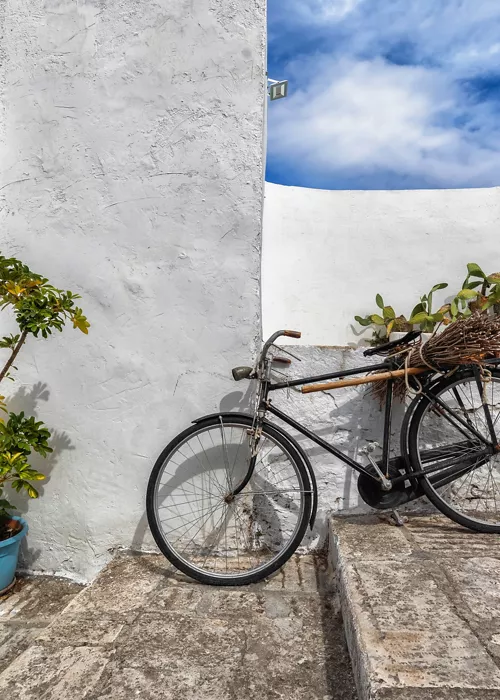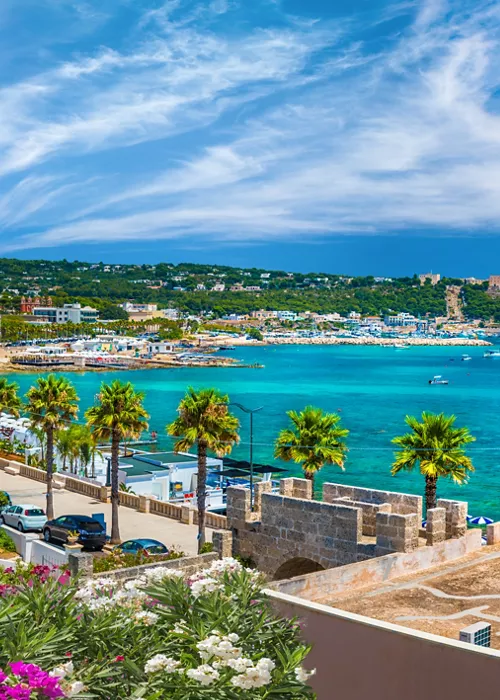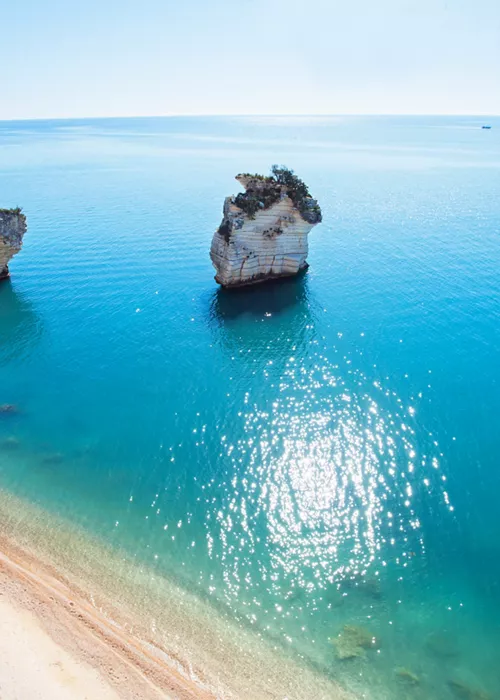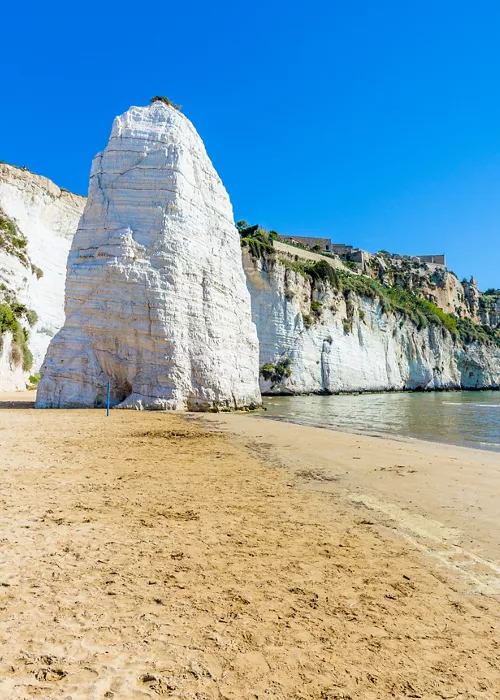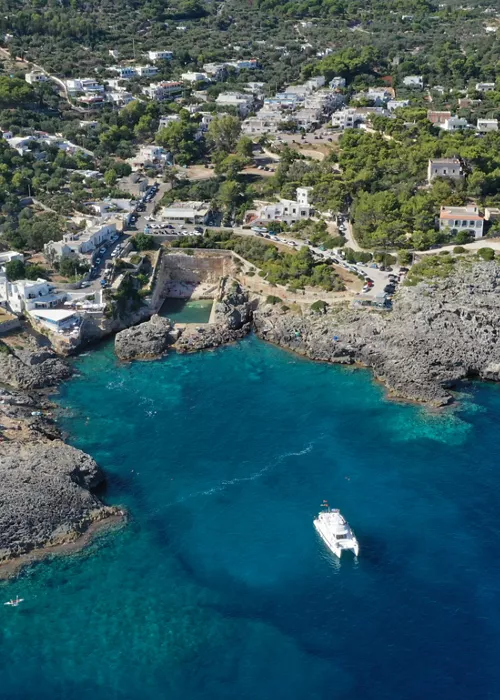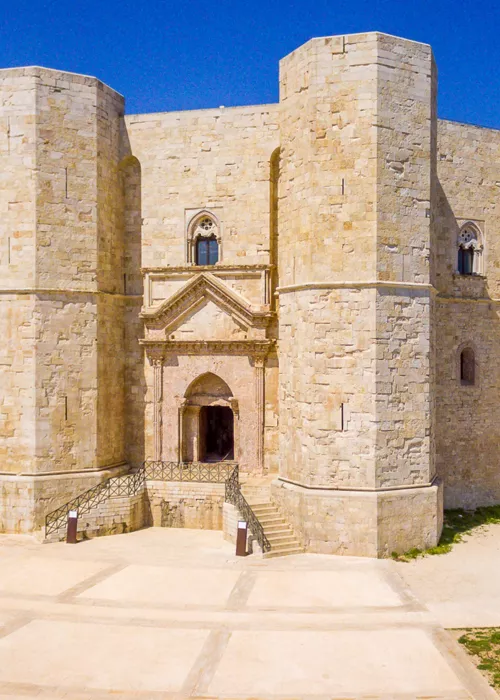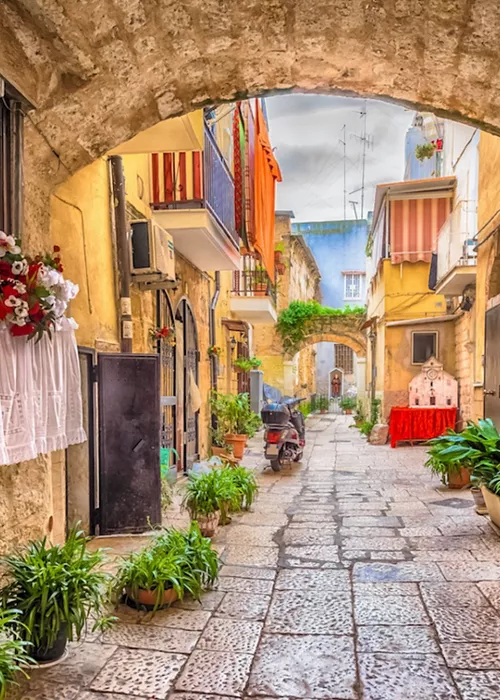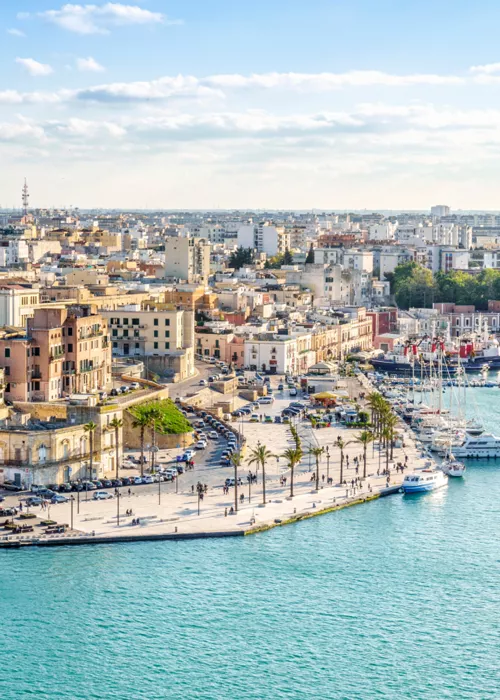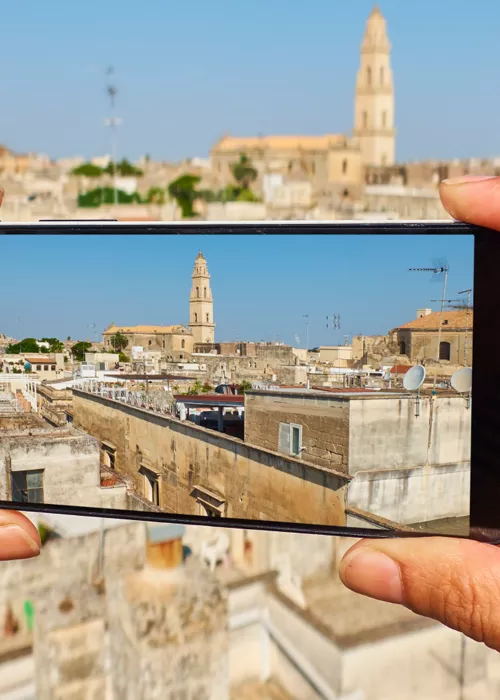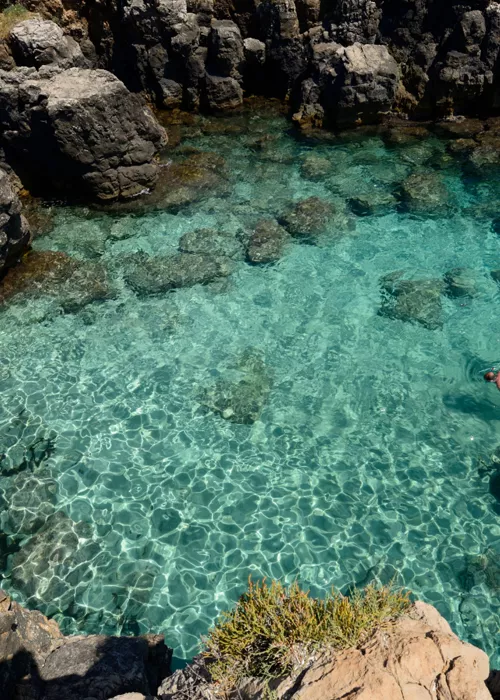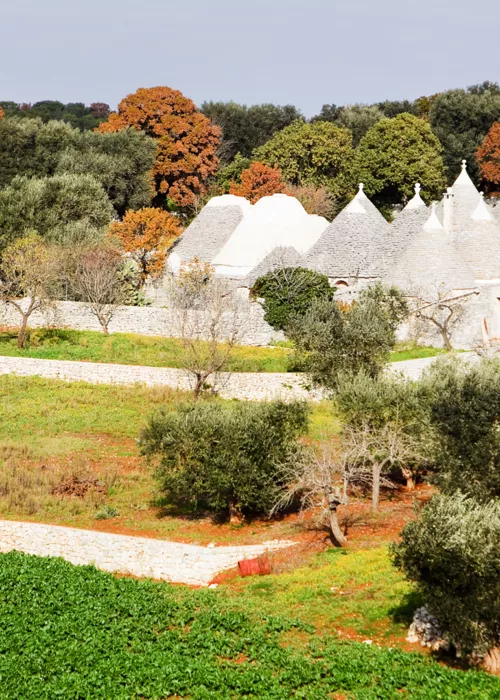The Margherita di Savoia Salt Pans: Apulia's white gold
From pink to violet to blue: admiring the colours of the Margherita di Savoia Salt Pans, a protected natural area in Apulia, from above are sure to leave you awestruck.
They are the largest in Europe and the second largest in the world after the Bolivian salt pans and have been known about since the time of Pliny the Elder, as his writings testify.
A precious and protected treasure
A protected area since 1977, the nature reserve Salina di Margherita di Savoia covers a total area of 4,500 hectares, with 4,000 hectares covered by water, including salt evaporation ponds, while 500 hectares consist of roads, embankments, storage yards, workshops, living quarters and areas dedicated to running all the facilities.
Made by Nature
Humankind played no part in the miraculous creation of the salt pans. At high tide, sea water would enter the lower parts of the old Salpi Lake and evaporate, leaving behind salt deposits.
Industrial exploitation only dates back a few centuries, when canals and tanks were dug to promote the storage of salt, particularly in the 19th century under Ferdinand I of the Two Sicilies.
A spectacular walk
When visiting these parts of Apulia, you will find yourself alongside a strip of salt marshes that run parallel to the Adriatic coast for about 20 kilometres and, if you are lucky, you will be able to spot beautiful water birds, including grey herons, little egrets, black-crowned night heron and squacco heron.
If you’re eager to learn more, head to the museum
The Historical Museum of Saltern in Margherita di Savoia presents the history of nature's perfection.
Long before the Romans, Neolithic people were also aware of this fascinating, natural process.
The qualities of the local salt have therefore been known about and used in cooking throughout history, as well as being used as part of spa treatments. You can explore its unique properties in great detail by touring the Historical Museum of Salt Pans, housed in an old salt museum adjacent to the Tower of Sal Pan, which dates back to the 16th century.
As you wander through the rooms, you will find around 1,000 industrial artefacts, from evaporographs to instruments for weighing salt. Outside, you can observe the still active salt pans, as well as machines, railway wagons and power generators, and samples and documents demonstrating the deeply rooted salt culture in the area. The exhibition is unique throughout central-southern Italy.
How to get there
The Margherita di Savoia Salt Pans can be reached from highway 159, with panoramic views of the Adriatic Sea. They are located at Via Africa Orientale 50, while the Historical Museum is at Corso Vittorio Emanuele 99.



